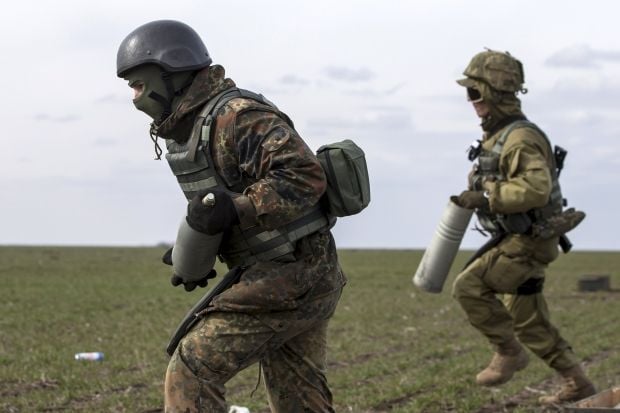
Awaiting a new offensive: Will the war flare up?
Despite some cooling down of military actions in eastern Ukraine, fears of future renewed large-scale fighting have been circulating all over the country’s information space. UNIAN tried to figure out how realistic these fears are.
Considering the love of the Kremlin for various sacred dates, rumors of a possible full-blown attack by Russian-terrorist troops in the Donbas saw culmination on the eve of May, 9. This was also because of increased attacks in recent days on positions of the Ukrainian government forces, and Ukrainian President Petro Poroshenko’s remark that the enemy had been massing manpower in the Donbas and along the Russia-Ukraine border. “Rosvoentorg” continues to regularly supply the rebels with weapons and military equipment, ammunition, clothing, and fuel. If there’s a gun hanging on the wall, it must fire sooner or later. This gun rule of Chekhov applies not only to the conventional theater, but to the theater of operations,” the president said at a meeting of the National Security and Defense Council.
The backdrop for such an analogy was provided by the Commander of NATO forces in Europe Philip Breedlove and U.S. Secretary of Defense Ashton Carter, who also believe that Russia is using the pause for regrouping its forces in the Donbas for a possible future offensive.
U.S. Ambassador to Ukraine Geoffrey R. Pyatt hopes that there will be no new round of armed confrontation in the Donbas, while noting that there are some signs of renewed military activity. He added that NATO is aware of Russia carrying out intensive exercises of an army of the so-called “Novorossiya” and putting its “ground-to-air” missiles very close to the Ukrainian border.
It is better for Moscow to intimidate than fight
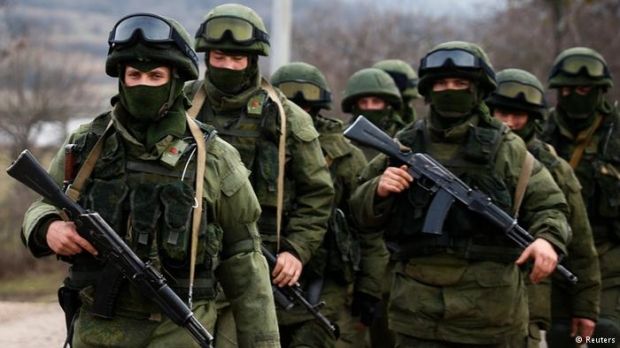
Oleksiy Miller, co-director of programs on foreign policy and international security at the Razumkov Center, said that such statements are based on intelligence that show increased activity by separatists in eastern Ukraine. And this really could be seen as preparations for an offensive. That is, there is intensive training of militants, deployment of additional military equipment, ammunition, and a large concentration of troops on the Russia-Ukraine border. “These are the classic signs that can be seen as a preparation for war,” Miller said.
According to the expert, there sure is likelihood of a large-scale confrontation, but it is not high. “It is clear that the militants are interested in the continuation of hostilities. Since, in the case of attempts to settle [the crisis], they will lose their privileges - the authority over controlled territories, financial resources, and smuggling schemes,” said Miller.
Nevertheless, he added that that it should be clearly understood that the militant leaders are not independent figures, and their decisions are largely orchestrated by the Kremlin. “As a result, if any provocations are possible, they will be created by the militants. A large-scale attack is possible only if such a decision is made in Moscow,” the expert believes.
“According to the laws of logic, intimidation is better for Moscow than fighting,” he said.
At the same time, according to Miller, Kyiv should understand that many of Moscow’s decisions, at least in the past year, have raised the question of whether there is any logic in its actions. Given that these decisions, to put it mildly, did not benefit Russia itself, did not meet its interests, it is difficult to confidently predict the course of future events. “It is logical that Moscow should not be interested in war, in the active phase of the war. But experience suggests that such calculations cannot be confirmed,” the expert added.
Not enough forces for an offensive?
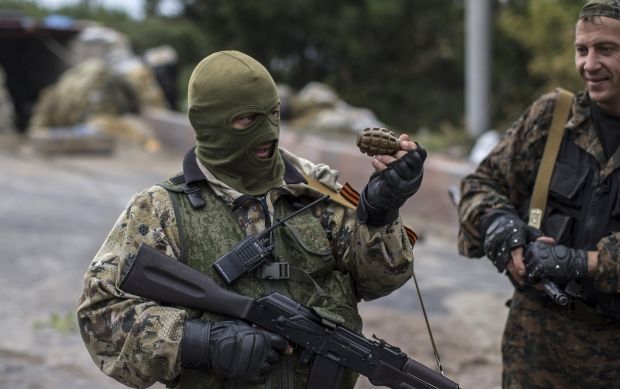
To date, the separatists and Russians have established a rather strong offensive capability. “They have almost massed a tank army; there are hundreds of armored combat vehicles. The group has focused on the main axes - Mariupol and Luhansk,” Ihor Romanenko, the former chief of the General Staff of Ukraine’s Armed Forces, has told UNIAN.
In his opinion, it is not enough to start a full-scale offensive, “but it does not mean that they can’t start it.” "This will require deployment of additional forces from the Russian heartland or, for example, to start military actions while deploying [additional] forces at the same time. Under this scenario, they actually may launch an offensive,” he said.
But there is another side to the coin. Firstly, the Minsk ceasefire agreement gets in Russia’s way of pursuing such a scenario. “After the recent tripartite meetings there has been some progress, four tripartite liaison subgroups have been created to resolve the economic, political, security and humanitarian crisis on the Donbas. The work has been planned ahead, and this shows that there are other possibilities for solving the conflict,” said Romanenko.
Secondly, the economic outlook is also not in favor of Russia. “That is why Putin did not make a decision to intensify the military actions during the May holidays,” suggests the former chief of the General Staff.
In fact, based on these two factors, Russia may use a military component if not satisfied with the outcome of the peace talks. Some analysts believe that the Kremlin, weakened by sanctions, is ready to give up the Donbas if Ukraine lets Crimea go. “Today, for political reasons, they can’t afford to attack. Since it may result in extensive sanctions and the total isolation of Mr. Putin,” said Kostyantyn Mashovets, coordinator of the Information Resistance media project, and a lieutenant colonel in Ukraine’s Armed Forces.
According to him, a deep offensive operation, in particular, an attempt to force through a land corridor to Crimea, attack Kharkiv or obtain access to the lower reaches of the Dnipro river with the participation of regular Russian troops is unlikely, as it is not guaranteed to succeed, and may even become fatal to Russia, primarily in foreign political, financial and economic terms. “Such an approach will not lead to the end of the war, while any attack that does not end with a truce leads to a forced defense, he said. They are no fools; they calculate the consequences of their actions. Plus, this is a very expensive sport, as tanks need to be refueled and the hordes of orcs need to be fed... Letting them off the leash means wasting a lot of money, while the current financial and economic situation of Putin’s regime is far from its best.”
However, this does not mean that Russia will stop putting pressure on the global community by carrying out local military operations in eastern Ukraine. “Let's just say, based on some of their arguments, they can engage in active offensive actions, but I don’t think they will be of a large scale,” says the expert.
According to Mashovtets, there is a possibility that the Russian-terrorist troops will attempt to recapture some crossroads, a node communication station, or a settlement, to gain control over favorable positions and pushing the Ukrainian troops away from Donetsk.
Local attacks
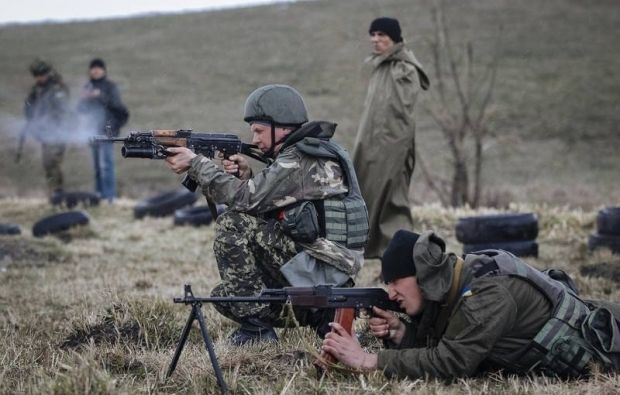
Today, according to experts, there are a number of areas at the front line that are potentially dangerous for government forces. In particular, Mashovets suggested that in the case of the intensification of fighting, the enemy could hit Stanitsa Luhanska and Schastye through the village of Tryohizbenka, crossing the Siverskiy Donets River toward the Russian border, thus pressing in and surrounding Ukrainian positions. In vicinity the of Artemivsk militants could surround government positions near Svetlodarsk by attacking through Popasnaya and the northern part of Horlivka.
In addition, Russian-terrorist troops could go into an active phase in the area between Krasnohorovka and Avdiyivka, but it could hardly be called an offensive, as it would have no tactical sense for the enemy.
Also, according to Mashovets, the militants could also attack the south of Donetsk, bypassing Volnovakha, pushing toward Volodarskoe and Mangush. They could also come up to the Mariupol-Donetsk road by hitting Hranytne through Andriyivka from the area near Telmanove, then block it and surround Ukrainian troops in the area of Starohnativka. They could bypass Mariupol from the north in the area Pavlopillya and Chermalyk, and also come up to Mariupol-Donetsk road. The two latter attacks may be accompanied by an attempt to deploy air-sea paratroopers somewhere west of Mariupol.
According to expert, the settlement Shyrokyne would be an objective for the militants only in the event of a frontal offensive on Mariupol. It is tactically important as it would provide the ability to shell the eastern districts of Mariupol or provide for the security of Novoazovsk. “For example, if the Ukrainian troops will want to cut the DPR [so-called Donetsk People’s Republic] from the Azov Sea and reach the border with Russia in the area of Novoazovsk. Shyrokyne, but, more precisely, the area around it, are crucial to the sector between Mariupol and Novoazovskiy. That’s why there is such heavy fighting there. Both sides are trying to seize it, but this is just an episode in the general context of the fighting for Mariupol,” said Mashovets.
Bad negotiations vs. war
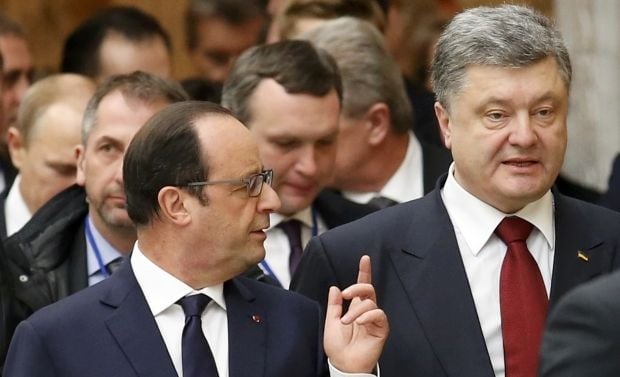
In turn, the head of the Penta Center for applied political studies, Volodymyr Fesenko, believes that a local escalation is possible, but with no formal direct violations of the Minsk agreements and the conditions for a truce. “Given the new phase of the Minsk negotiation process, and the fact that Russia is currently engaged in a flexible game with the EU on the easing of sanctions (the results of this game will only be known in July and August), I expect a local and creeping escalation of the conflict, rather than a large-scale direct escalation in the coming months. That is, not so much the offensive all along the front line, but many attempts to push Ukrainian troops away from Donetsk and Luhansk, and take control over Shyrokyne,” he said.
In the expert’s opinion, the process of negotiations is more important today than their outcome. Negotiations, regardless of their format or scale, do not involve fighting. “Of course, the separatists and Russians will insist on coming up with some kind of political outcome as soon as possible. Moreover, they will consider acceptable the recognition of certain autonomy of the Donbas and, certainly, preservation of these territories’ independence, with little to no control from Kyiv but remaining under Moscow’s influence. Given the opposed positions of Ukrainian officials and separatists, lengthy negotiations are expected. But it’s better to see long negotiations than a swift and big war,” he concluded.
Kostyantyn Honcharov

